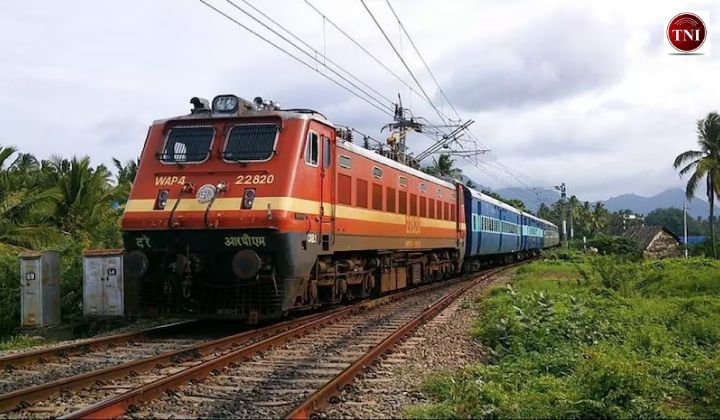Bhubaneswar– In a monumental stride towards improving railway infrastructure in Odisha, the Indian Railways has announced the development of 59 stations in the state as Amrit stations. This initiative, part of a broader strategy to enhance railway services, is backed by a significant increase in budget allocation and extensive ongoing projects.
Over the past decade, the annual average budget outlay for railway development in Odisha has seen a dramatic increase. From 2009 to 2014, the budget stood at Rs 838 crores. However, for the 2024-25 period, this allocation has surged to a remarkable Rs 10,586 crores, marking a 12.5-fold increase. This substantial funding is earmarked for various developmental works, including the construction of new tracks and the electrification of railway lines.
The progress in railway infrastructure has been significant. Between 2009 and 2014, an average of 53 kilometers of new tracks were laid each year. This figure has tripled, with an average of 183 kilometers of new tracks being laid annually from 2014 to 2024. Electrification of railway lines has also seen remarkable growth, increasing from 29 kilometers per year in the 2009-2014 period to 146 kilometers per year between 2014 and 2024, a fivefold rise. Notably, Odisha has achieved 100% electrification, reflecting the success of these efforts.
Support Independent Journalism? Keep us live.
Currently, there are 40 ongoing projects focused on laying new tracks in Odisha. These projects cover a total of 4,017 kilometers and come at an estimated cost of Rs 54,434 crores. These extensive projects are crucial for enhancing connectivity and improving the efficiency of the state’s railway network.
Among the notable developments is the selection of 59 stations in Odisha to be developed as Amrit stations. This initiative aims to modernize and upgrade the facilities at these stations, enhancing the overall travel experience for passengers. The selected stations are:
Angul, Badampahar, Balangir, Baleshwar, Balugaon, Barbil, Bargarh Road, Baripada, Barpali, Belpahar, Betnoti, Bhadrak, Bhawanipatna, Bhubaneswar, Bhubaneswar New, Bimlagarh, Brahmapur, Brajrajnagar, Chatrapur, Cuttack, Damanjodi, Dhenkanal, Gunupur, Harishanker Road, Himgir, Hirakud, Jajpur Keonjhar Road, Jaleswar, Jaroli, Jeypore, Jharsuguda Junction, Jharsuguda Road, Kantabanji, Kendujhargarh, Kesinga, Khariar Road, Khurda Road Junction, Koraput Junction, Lingaraj Temple Road, Mancheswar, Meramandali, Muniguda, Panposh, Paradeep, Parlakhemundi, Puri, Raghunathpur, Rairakhol, Rairangpur, Rajgangpur, Rayagada, Rourkela, Sakhi Gopal, Sambalpur, Sambalpur City, Soro, Talcher, Talcher Road, and Titlagarh Junction.
In addition to the development of these stations, the Indian Railways has also constructed 427 rail flyovers and under-bridges since 2014. These infrastructure improvements are essential for enhancing safety, reducing congestion, and improving travel times for passengers.


Comments are closed.